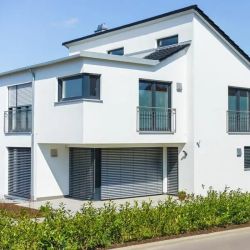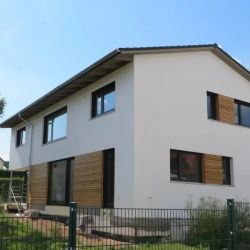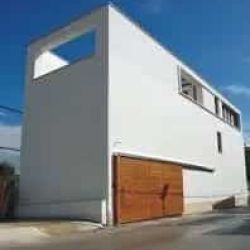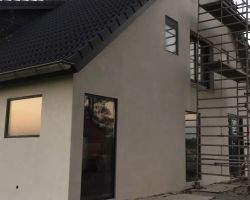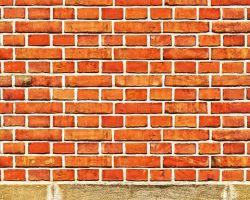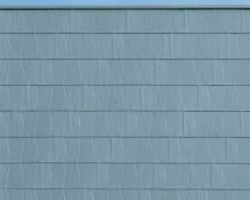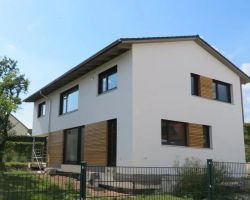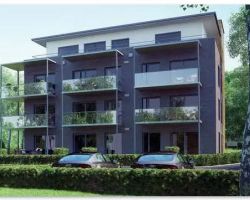Monoliete bouwwijze
Monoliete bouwblokken/ monoliete bouwwijze
Groot voordeel van monoliete bouwblokken is de snelle verwerking en de geïntegreerde isolatie.
Met Leipfinger bouwblokken kunnen zelfs prefab wanden worden geproduceerd, hier hoeft dus niet meer op de bouwplaats te worden gelijmd.
Monoliete bouwwijze is snel, schoon en economisch.
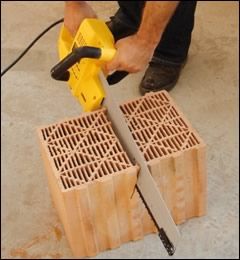
Juwo bouwblok zagen
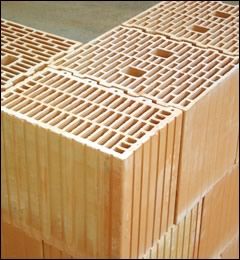
Juwo bouwblok hoek opbouw
Bekijk de Leipfinger en Juwo bouwblokken
Een greep uit de blokken: de meest voorkomende blokken voor de Nederlandse markt.
Het Leipfinger en Juwo bouwsysteem omvat naast isolerende bouwblokken een heel breed scala aan zgn. normaalstenen voor renovatie of voor het creëren van gezonde binnenwanden of extra versteviging van gebouwen.
Een met Leipfinger of Juwo bouwblokken gebouwde woning kan op diverse manieren worden afgewerkt aan de buitenzijde van de woning, voorwaarde is dat de afwerking dampopen is.
In het biobased kenniscentrum staat vanaf april 2024 een Leipfinger wand opgesteld.
Bij een afwerking met bijv. hout of zink is het wel belangrijk de gevel eerst te voorzien van een waterdichte, dampopen stuclaag.
BouwGezond B.V.
-
+31850661200
-
info@bouwgezond.nl
-
Venneslatweg 11
7151 HD Eibergen
4 redenen om voor
Bouwgezond te kiezen
-
Creatief maatwerk en scherpe prijzen
-
Altijd open calculatie, geen pakketprijzen
-
Kwaliteit
-
Bevlogen vakmensen, altijd die extra stap!

